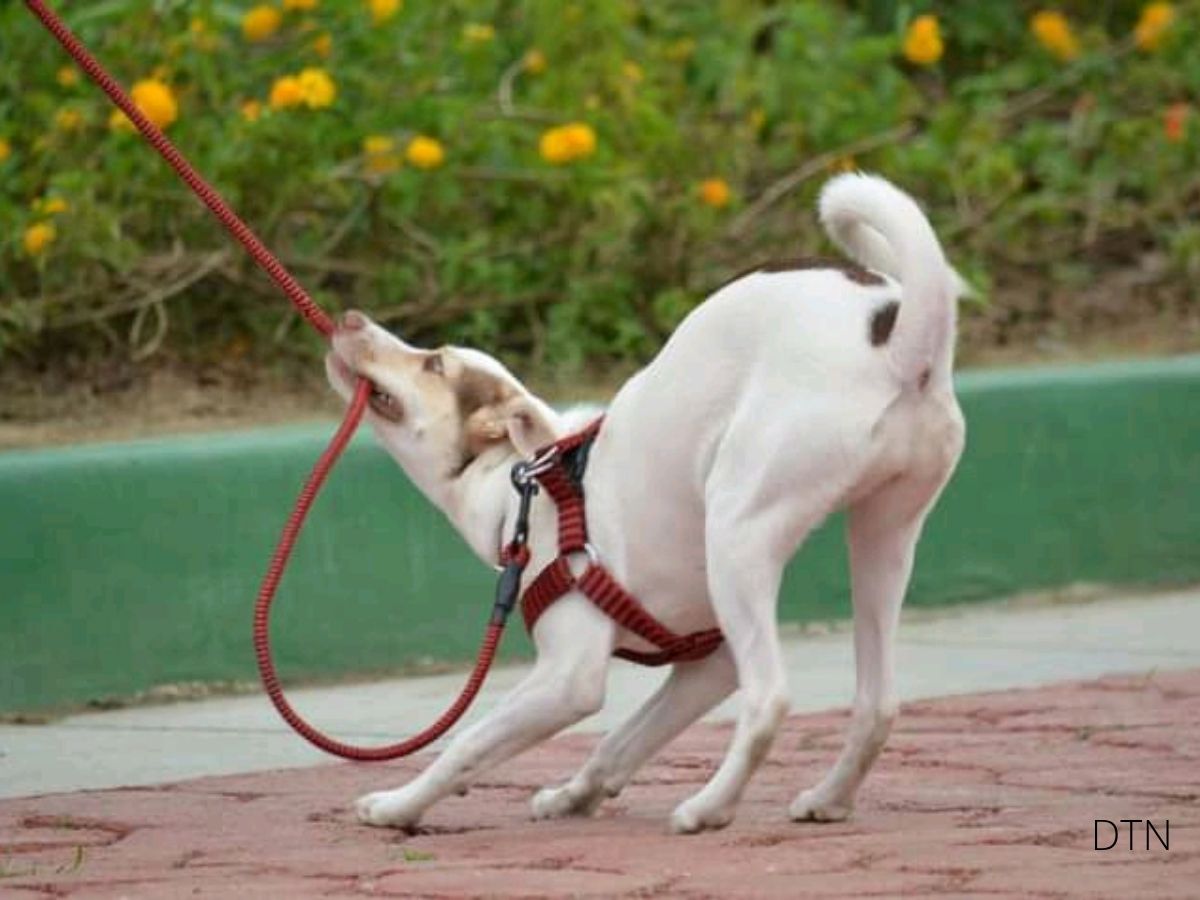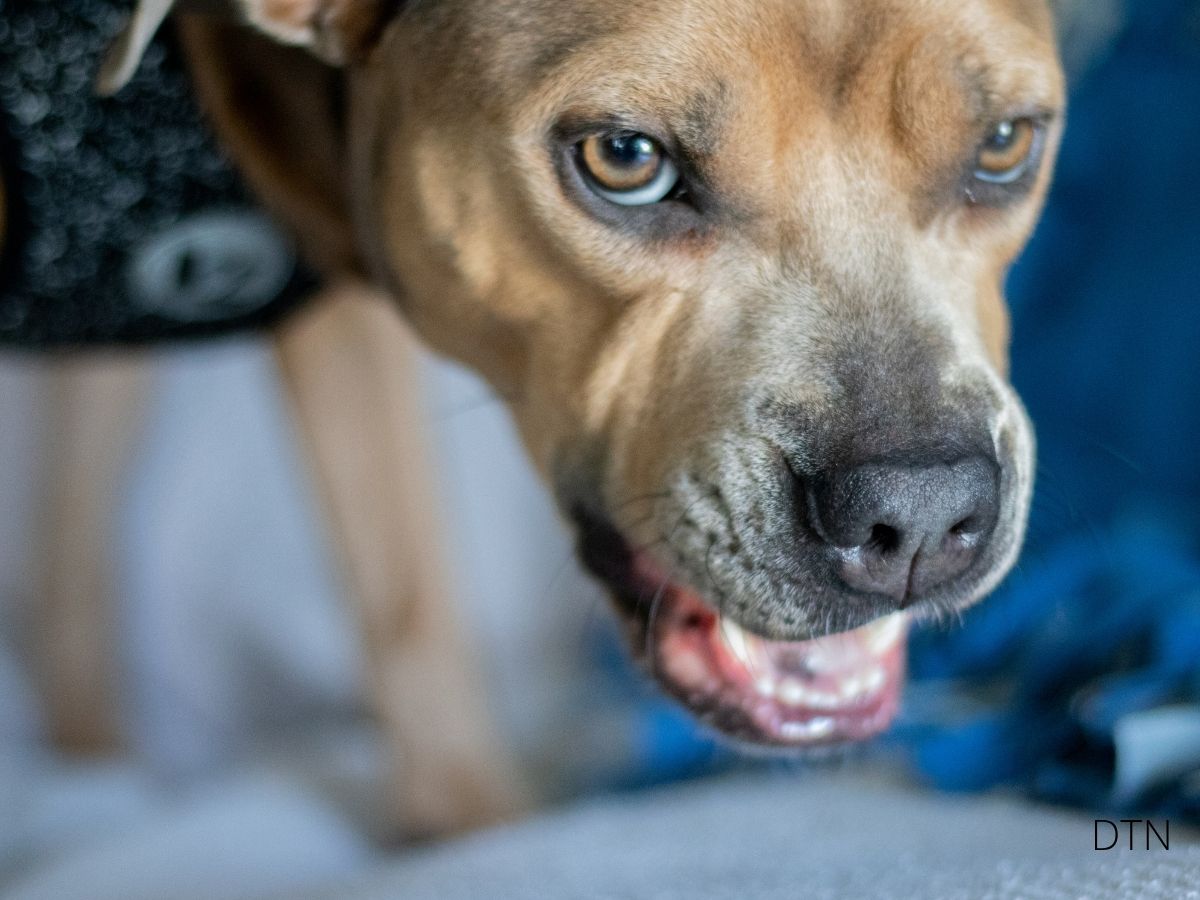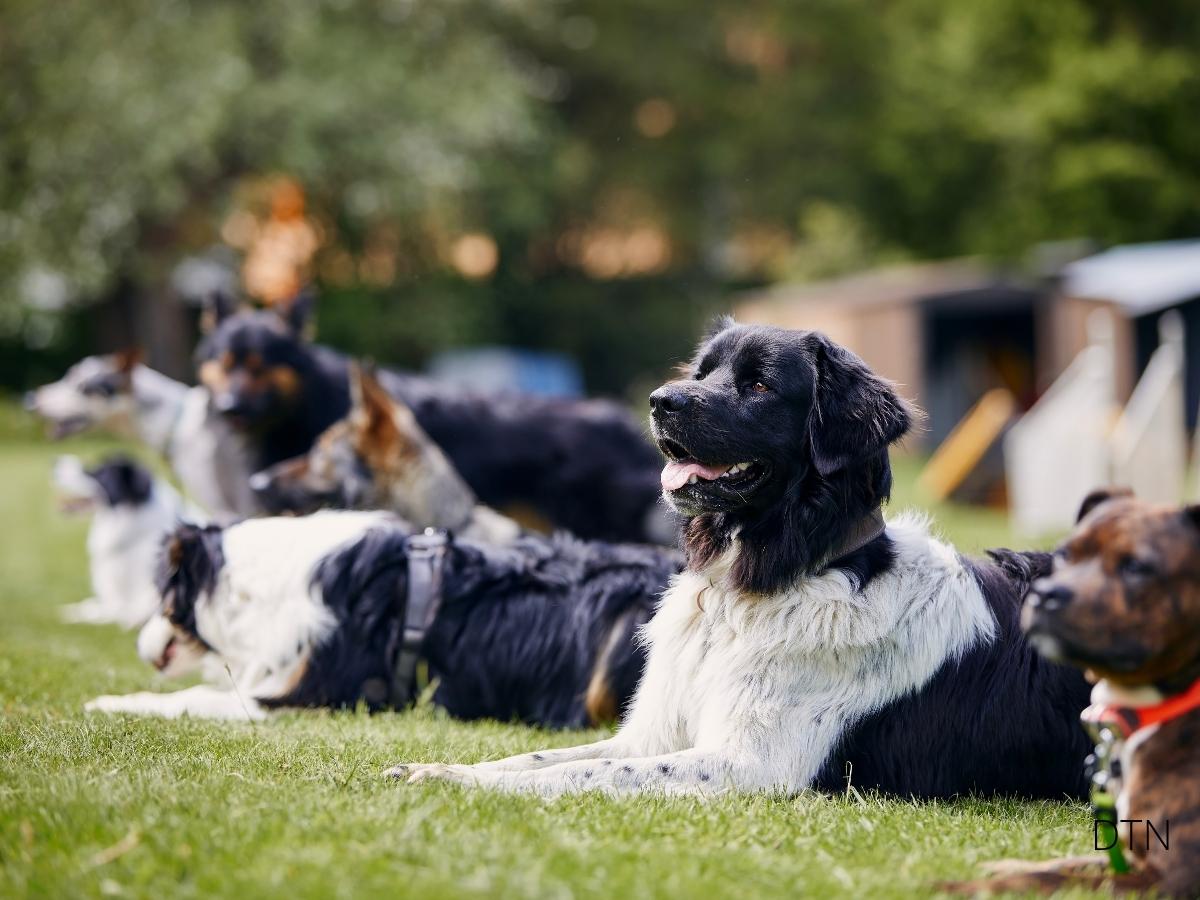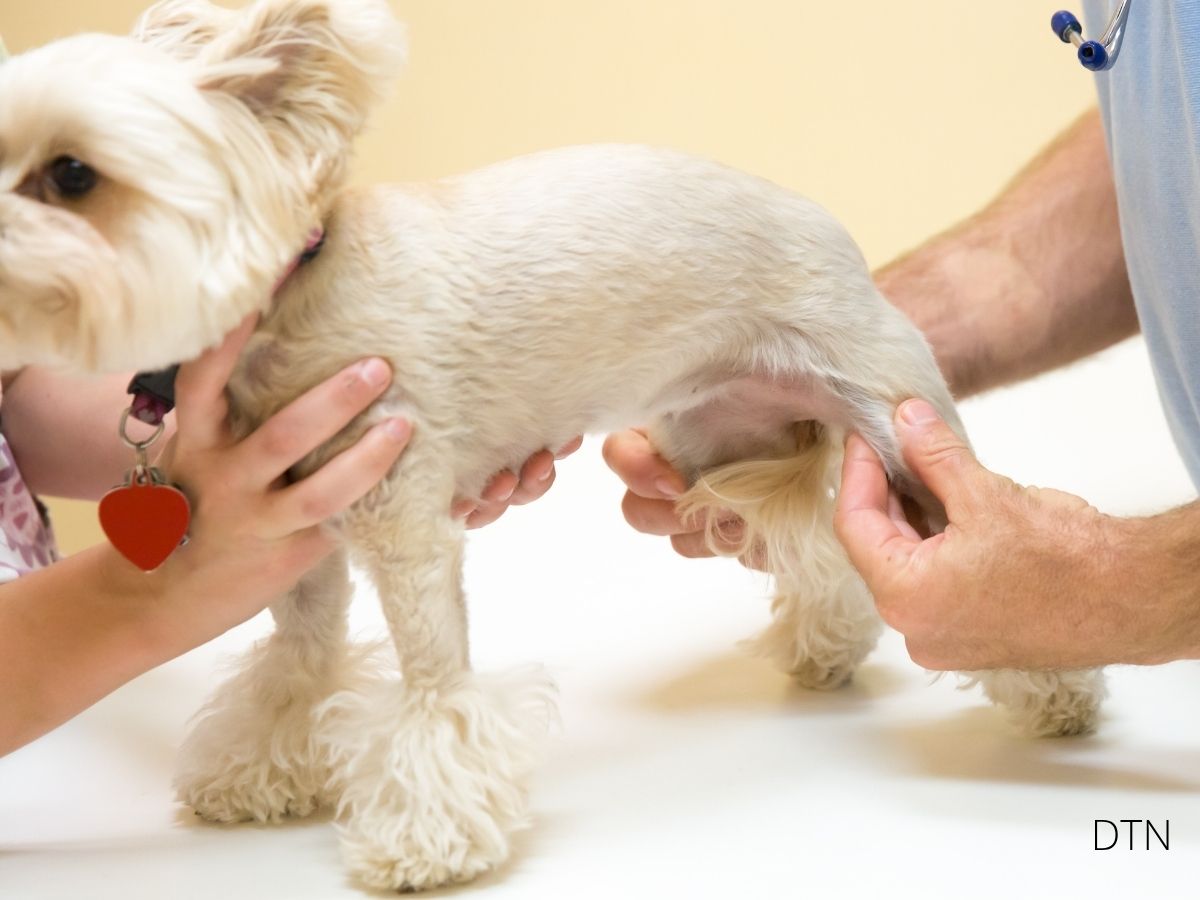Introduction
Every dog faces stress, yet some bounce back within minutes while others struggle for days. The difference lies in their coping mechanisms—those remarkable strategies that help our furry friends navigate life’s challenges. Understanding how your dog manages stress isn’t just fascinating science; it’s the key to supporting their emotional wellbeing and strengthening your bond together.
Recognizing Adaptive vs. Maladaptive Coping
When your dog encounters stress, they choose from a repertoire of coping strategies developed through evolution, genetics, and experience. These responses fall into two crucial categories every owner should recognize.
Signs of Healthy Coping:
- Quick recovery after stressful events (returns to normal within hours)
- Maintains appetite and sleep patterns
- Seeks appropriate comfort from trusted humans
- Shows temporary, situation-appropriate stress signals
- Continues engaging socially with people and other dogs
- Demonstrates problem-solving attempts
Adaptive coping looks like your Labrador shaking off after meeting an intimidating dog, then returning to play. It’s your terrier seeking comfort during thunderstorms but exploring normally once they pass. These behaviors are temporary, proportionate, and lead to resolution.
Warning Signs of Maladaptive Coping:
- Compulsive behaviors (excessive licking creating wounds)
- Complete behavioral shutdown or withdrawal
- Destructive patterns even with appropriate outlets available
- Aggressive redirection toward family members
- Persistent appetite changes or sleep disruption
- Repetitive behaviors that don’t resolve the situation
Maladaptive coping often emerges gradually. What starts as occasional stress-licking during storms might evolve into constant paw-chewing even when calm. These behaviors represent your dog’s best attempt to manage overwhelming stress with insufficient resources. Early recognition allows intervention before patterns become entrenched. 🐾
The Language of Stress
Dogs communicate stress through multiple channels, and understanding this language helps you respond before situations escalate.
Body Language Signals: While we notice dramatic signs like trembling or cowering, subtle “calming signals” often appear first—lip licking, yawning, looking away, or ground sniffing. These aren’t random behaviors but sophisticated communication tools dogs use to self-soothe and signal their emotional state. When your dog yawns during training, they’re saying, “I need a moment to process.”
Vocal Communications: Different vocalizations indicate different stress types. High-pitched whining suggests anticipatory anxiety, while low groaning might signal resignation. Increased vocalization serves as both an emotional release valve and a call for support. Conversely, a normally vocal dog going silent can indicate concerning shutdown—a maladaptive response to overwhelming stress.
Building Resilience Through Training
Training isn’t just obedience—it’s equipping your dog with lifelong coping skills. Problem-solving exercises build “cognitive flexibility,” helping dogs approach stress with curiosity rather than fear. When your dog works through puzzle feeders or learns new tricks, they’re strengthening neural pathways that transfer to real-world challenges.
Teaching calm waiting develops emotional regulation. Start with one-second waits, gradually building duration while rewarding the calm state itself, not just compliance. You’re teaching your dog that calm anticipation is achievable even during exciting or stressful moments.
For dogs with established maladaptive patterns, focus on replacement rather than suppression. If your dog chews destructively when stressed, teach them to retrieve a specific toy when anxiety rises. This provides a healthier outlet serving the same emotional function. 😄
The greatest lesson a dog teaches us: to love without limits.
– Unknown

The Neurobiology of Stress
Your dog’s stress response involves complex systems worth understanding. The HPA (hypothalamic-pituitary-adrenal) axis orchestrates stress hormones, with cortisol following daily rhythms—peaking mornings and declining evenings. This means morning training sessions work best for building resilience, while evening stress hits when coping resources are naturally lowest.
Chronic stress dysregulates this system, causing either constant overactivation or blunted responses. Physical signs include appetite changes, sleep disturbances, slow wound healing, and increased infections. These seemingly unrelated symptoms are red flags that your dog’s stress system needs support.
Neurotransmitters play crucial roles too. Serotonin and dopamine influence mood and resilience, while oxytocin—released during positive interactions with you—directly counteracts stress hormones. This is why your presence alone can calm your dog; you’re literally their biological stress medicine.
Breed-Specific Stress Responses
Genetics profoundly influence coping styles. Herding breeds cope through vigilance and control, needing structured tasks during stress. Terriers show “spike and recover” patterns—intense reactions followed by quick recovery if given physical outlets. Toy breeds use attachment-focused strategies, seeking physical proximity as their primary stress buffer. Working breeds need purpose-driven activity, struggling without clear roles during challenges. Sighthounds display distinct freeze-or-flight responses with little middle ground.
Understanding your dog’s genetic predisposition helps tailor support strategies that work with, not against, their natural coping style.
Nutritional Support for Stress
Diet directly impacts stress resilience through the gut-brain axis—your dog’s “second brain” containing 500 million neurons. Specific nutrients are crucial: omega-3 fatty acids reduce inflammatory stress responses, B-vitamins produce calming neurotransmitters, and magnesium regulates cellular stress response.
Stressed dogs have increased nutritional needs as chronic stress depletes these nutrients faster. Beyond what you feed, how you feed matters. Predictable meal times provide security, while puzzle feeders transform eating into calming problem-solving activities that engage positive emotional circuits.
Environmental Strategies
Creating a stress-resilient environment means providing choice and control. Dogs need safe retreat spaces, elevated observation posts, and varied textures for sensory input. This environmental complexity allows dogs to regulate their own stress—choosing to retreat when overwhelmed is adaptive coping in action.
In multi-dog households, stress can ripple through the pack. Some dogs provide social buffering, helping anxious packmates cope, while others might amplify stress. Understanding these dynamics helps you maximize support while minimizing stress contagion.
Predictable routines are crucial. Consistent wake times, regular meals, and predictable exercise create “anchor points” that provide security. These patterns allow your dog’s stress system to rest rather than constantly monitoring for threats. 🧠
Emergency Interventions
When acute stress strikes, have a clear protocol ready. For panic attacks—sudden intense fear with trembling, drooling, or escape attempts—focus on immediate safety. Give space to prevent feeling trapped, model calm breathing, reduce all stimulation, and surround with familiar comfort items.
After trauma, the first 48 hours are critical for preventing lasting psychological damage. Avoid similar triggers, maintain routines, and provide comfort without overwhelming. This “decompression protocol” allows psychological wounds to heal before gradual re-exposure.
The Human-Dog Bond: Ultimate Stress Buffer
Your relationship with your dog represents their most powerful stress-management tool. This “invisible leash” provides biological stress relief—physical contact triggers oxytocin release, actively suppressing cortisol. Dogs use their humans as a “secure base,” exploring more confidently and recovering faster when you’re present.
This bond involves “behavioral synchrony”—your nervous system regulates your dog’s. Your calm presence provides co-regulation during their stress. Building this bond through hand-feeding, synchronized breathing, gentle massage, and consistent responses to their communication creates an unshakeable support system.
Conclusion
Understanding your dog’s coping mechanisms transforms you from concerned observer to informed advocate. Whether your dog tends toward bold problem-solving or cautious observation, recognizing their individual style helps you provide targeted support.
Remember, coping strategies aren’t fixed—they can be developed and reshaped. The anxious dog who copes through avoidance can learn confidence. The dog trapped in maladaptive patterns can discover healthier alternatives. Your role isn’t eliminating all stress but ensuring your dog has resources, skills, and support to navigate challenges successfully.
Watch for stress signals before they escalate. Celebrate adaptive strategies. Provide support during struggles. Most importantly, remember that your relationship—that invisible leash of trust—is their most powerful resource. In nurturing this bond, you’re building resilience for whatever tomorrow brings. 🐾






